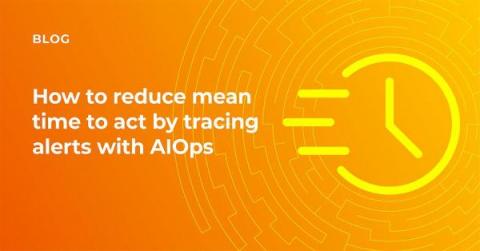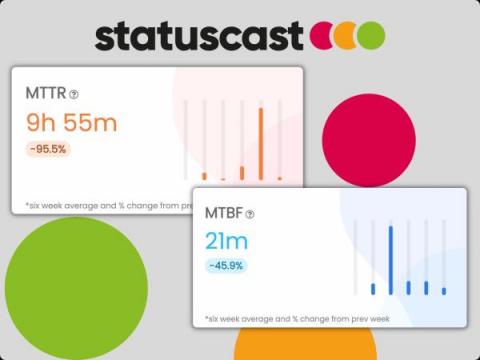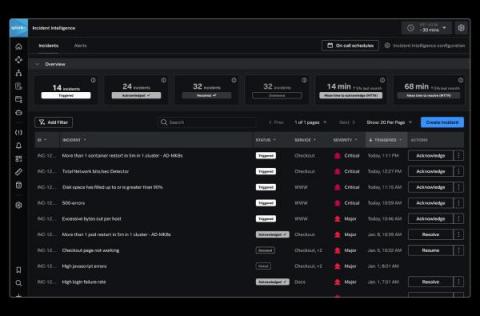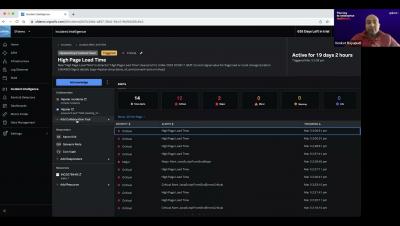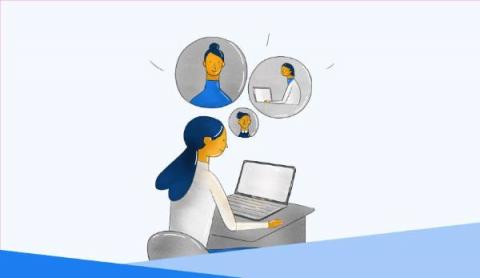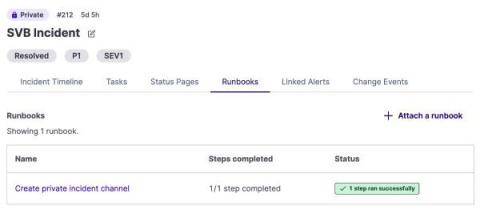How to reduce mean time to act by tracing alerts with AIOps
This is the story of an insurance company that was getting six million IT alerts every 90 days and how they used BigPanda’s AIOps to reduce it to less than 50,000. Before we get into that though, let’s take a step back. How did we, as an IT sector, get to a place where organizations receive 6,000,000 IT alerts in the first place?


